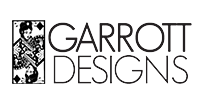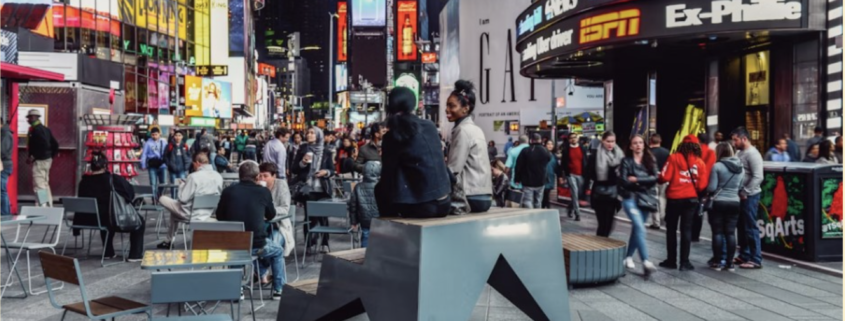Creativity to Solve Problems: Rethinking Business Models
Psst…Your business model is 200 years old, maybe that’s why it’s not working properly!
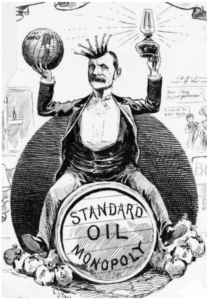 One of my biggest pet peeves is how often creativity and innovation are undervalued because outdated or traditional metrics are used as the principal measure of success.
One of my biggest pet peeves is how often creativity and innovation are undervalued because outdated or traditional metrics are used as the principal measure of success.
Often, productivity is viewed as an assembly line system where butts in seats, time spent, and volume outputs are the primary markers of a job well done. This approach works on paper, but falls short when it comes to recognizing the results of outside-the-box thinking in creating sustainable growth.
It is important to establish tangible measures of success; but, our knowledge-based, value-creation, and innovation-driven industries require greater nuance. The traditional business model can be a rigid framework that often overlooks exponential value streams for long-term growth. This rigid structure also stifles workflow and innovation rather than accelerating it.

Because we live in a world where markets are unstable, and factors like climate change and global conflicts impact the value chain, it is essential that we leverage creativity to be more agile and resilient as a business strategy. In fact, a recent article in Harvard Business Review finds that an analytical framework alone won’t reinvent a business:
“If we want to teach students—and executives—how to generate groundbreaking strategies, we must give them tools explicitly designed to foster creativity.”
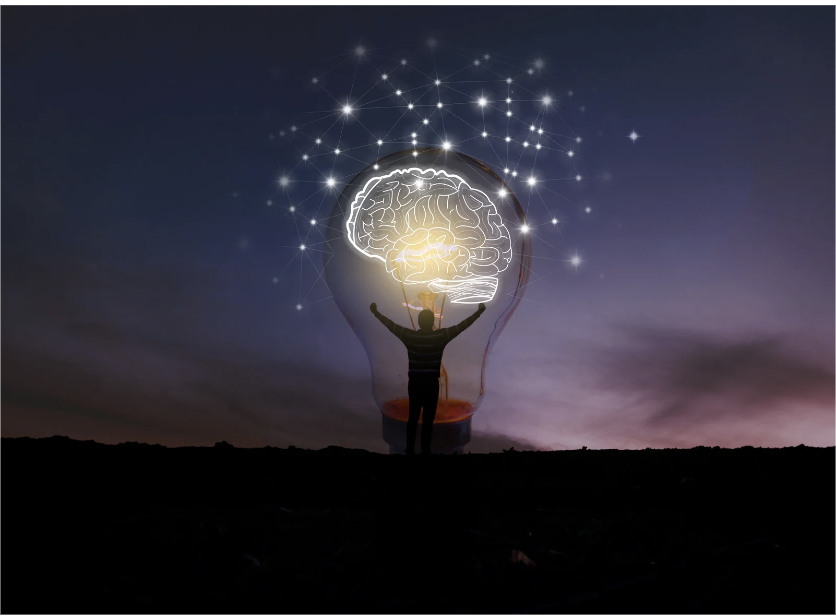
Below are three examples of how Nordic companies establish metrics tied to the UN’s Sustainable Development Goals and ultimately diversify the portfolio to be more agile and resilient in an ever-evolving economy. These companies deliver returns beyond the bottom line.
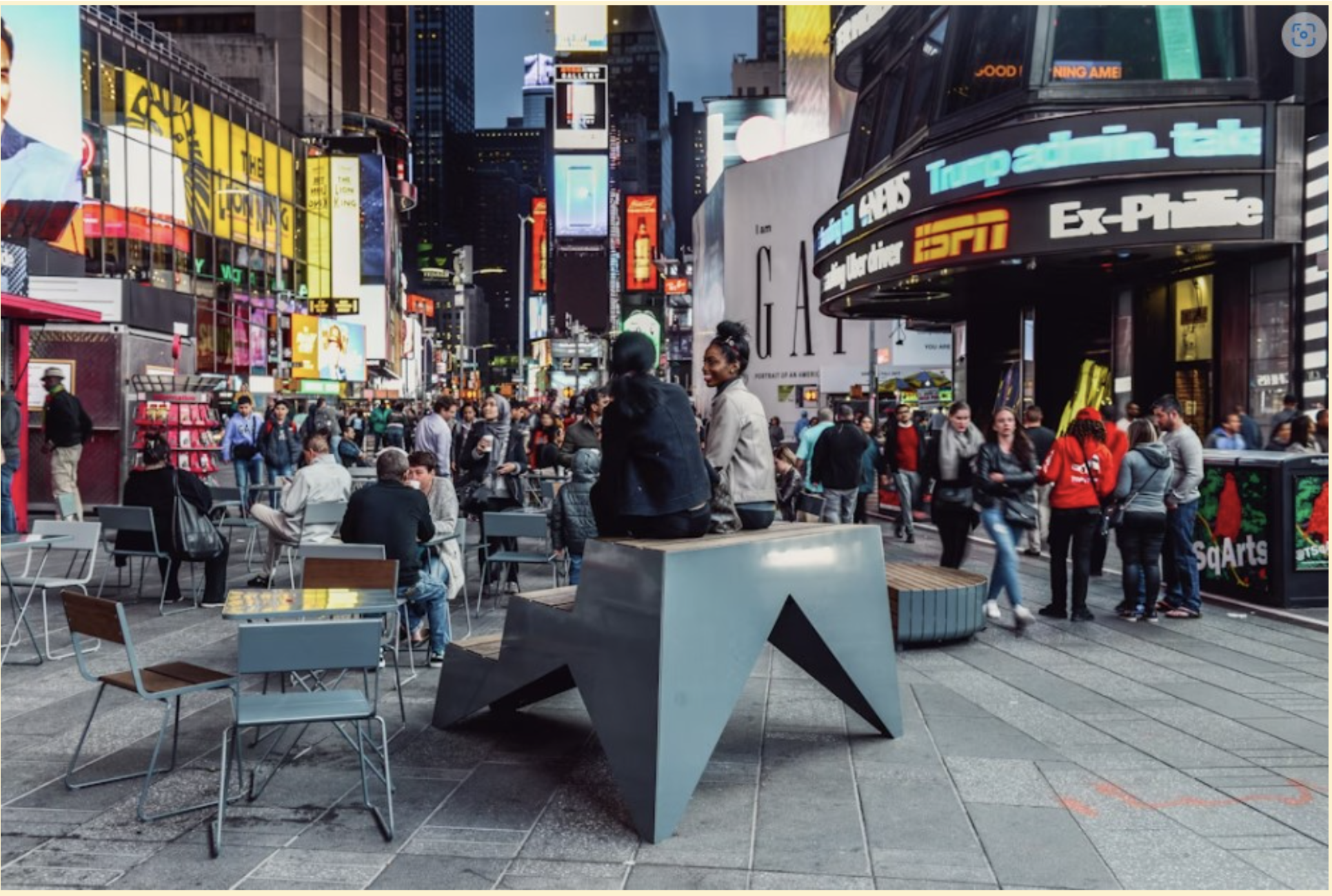
Photo credit: Vestre
Vestre- Triple Bottom Line
Vestre is a Norwegian company that makes outdoor furniture for public spaces–you may have experienced their designs in Times Square NYC, a waterfront park in Oakland California, rooftops in Chicago or other pedestrian spaces around the world, like Berlin, London, and Oslo.
When Vestre talks about the “Triple Bottom Line,” they are referring to the Nordic way of doing business that not only measures and accounts for economic growth, but also the social and environmental impact. By threading Vestre’s business model to nine of the UN’s seventeen Sustainable Development Goals, the company can set strategic goals and measure social, environmental as well as financial impact. This strategy also guides the model for innovation and scaling.
Environmental Impact
The Vestre PLUS factory which opened in 2022 and was built during the Covid-19 pandemic when companies were likely to be scaling back innovation and risk. The factory was designed by Bjarke Ingles Group (BIG) and is the first industrial building to hold the highest BREEAM – Outstanding rating. It is currently known as the world’s most environmentally-friendly furniture factory.
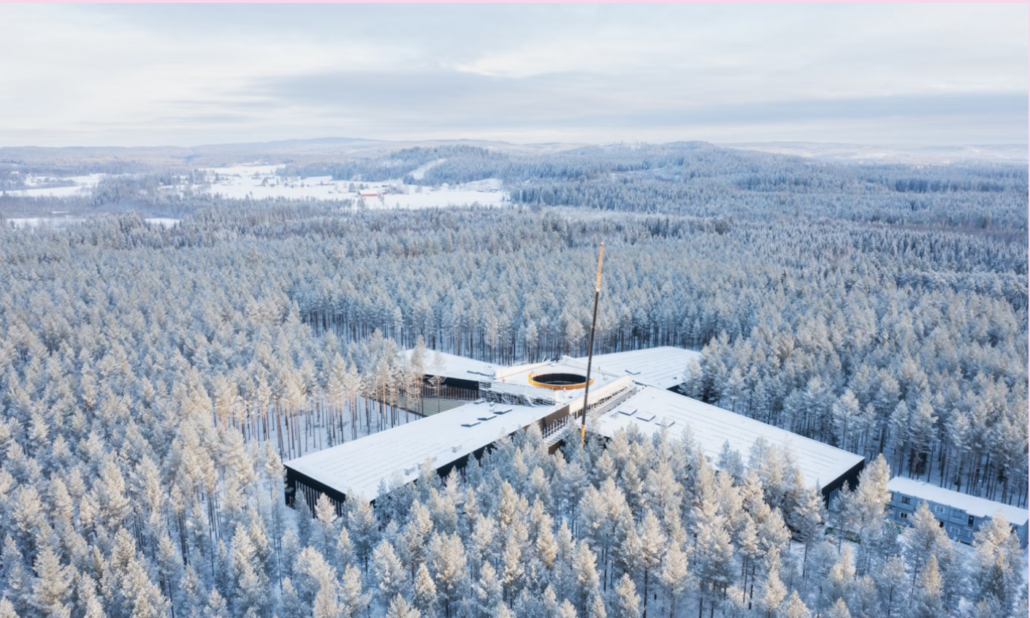
Photo credit: Vestre
The integration of circular systems supply energy through solar panels on the rooftop, capture heat from the production process with geothermal heat pumps as well as clean and reuse 90% of the water used in production. The PLUS factory shows the beginning of what could scale into solutions for textile manufacturing, one of the biggest industries negatively impacting the environment.
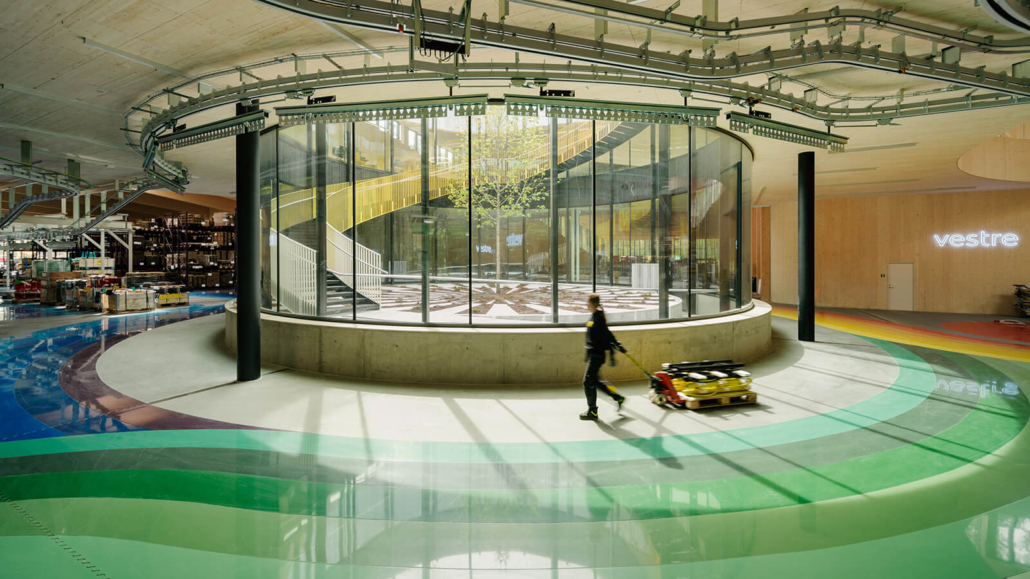
Photo credit: Vestre
In a profit and loss-driven economy, the renewal of resources and social as well as environmental impact are not considered areas of growth. However, like Vestre, businesses such as Patagonia and R.E.I. have shown us how building for growth across these areas can be good for business as well as growing the economy. This triad collaboration between Vestre, Hydro and BIG further shows how the ‘triple bottom line’ and SDG guided innovation can scale a circular economy. As they used to say in Reaganomics Theory, “a rising tide lifts all boats”.
You can read more about social impact and how Vestre connects SDG’s to their business model for economic growth here.
Hydro- This Company is So Metal!
Just like the stock market, energy is a form of currency that can be traded, which begs the question, what else could be traded? With the correct systems in place, the waste streams of industrial products could be on the market, resulting in streamlined processes and cleaner practices.
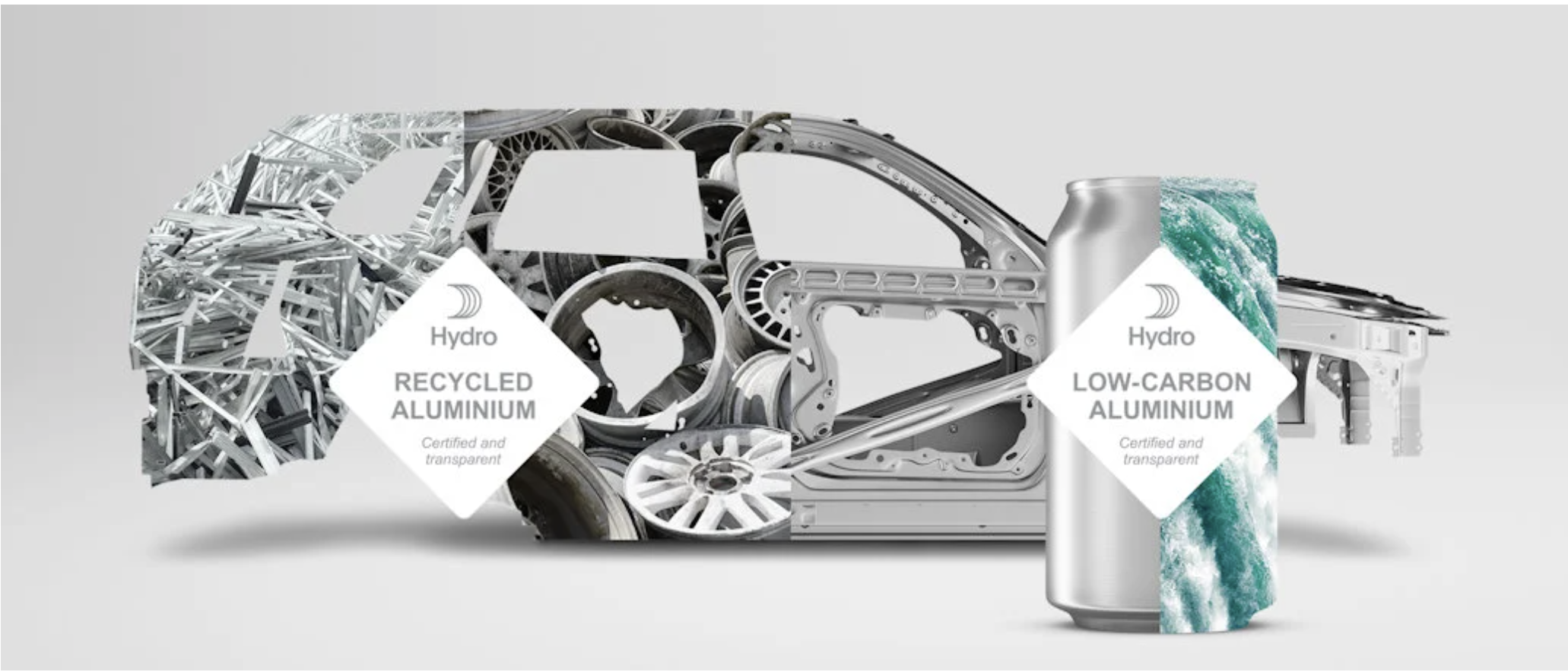
Photo credit: Hydro
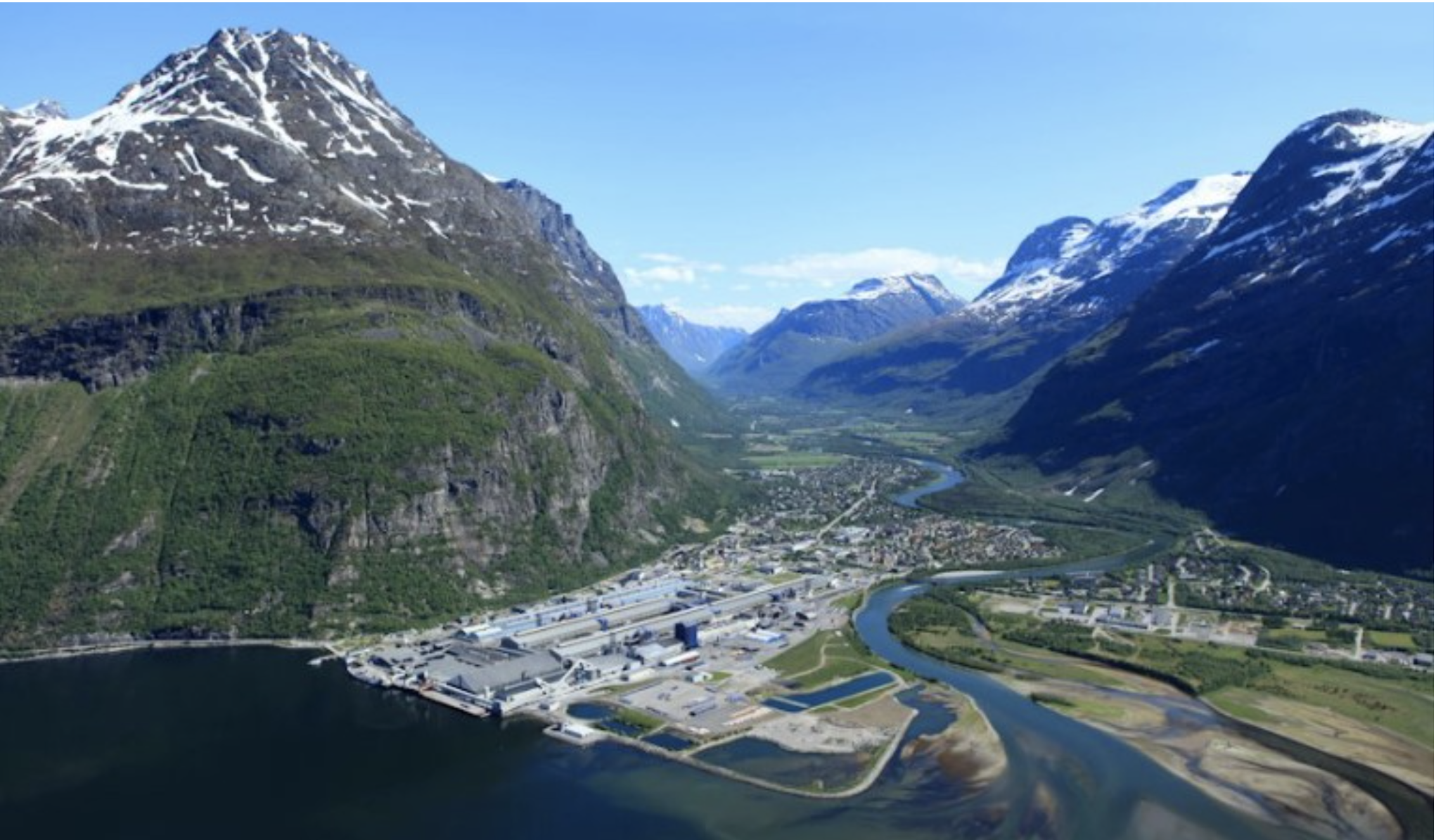
Photo credit: Hydro
Norway-based Hydro is a company that also thrives on an innovative and sustainable business model by holding a diverse portfolio offering.
Would you say Hydro is a steel and aluminum manufacturer or an energy company? Sure, they manufacture industrial aluminum and steel, but they also generate their own energy source and supply the energy consumption equivalent to 900,000 Norwegian households a year through 15 long-term contracts.
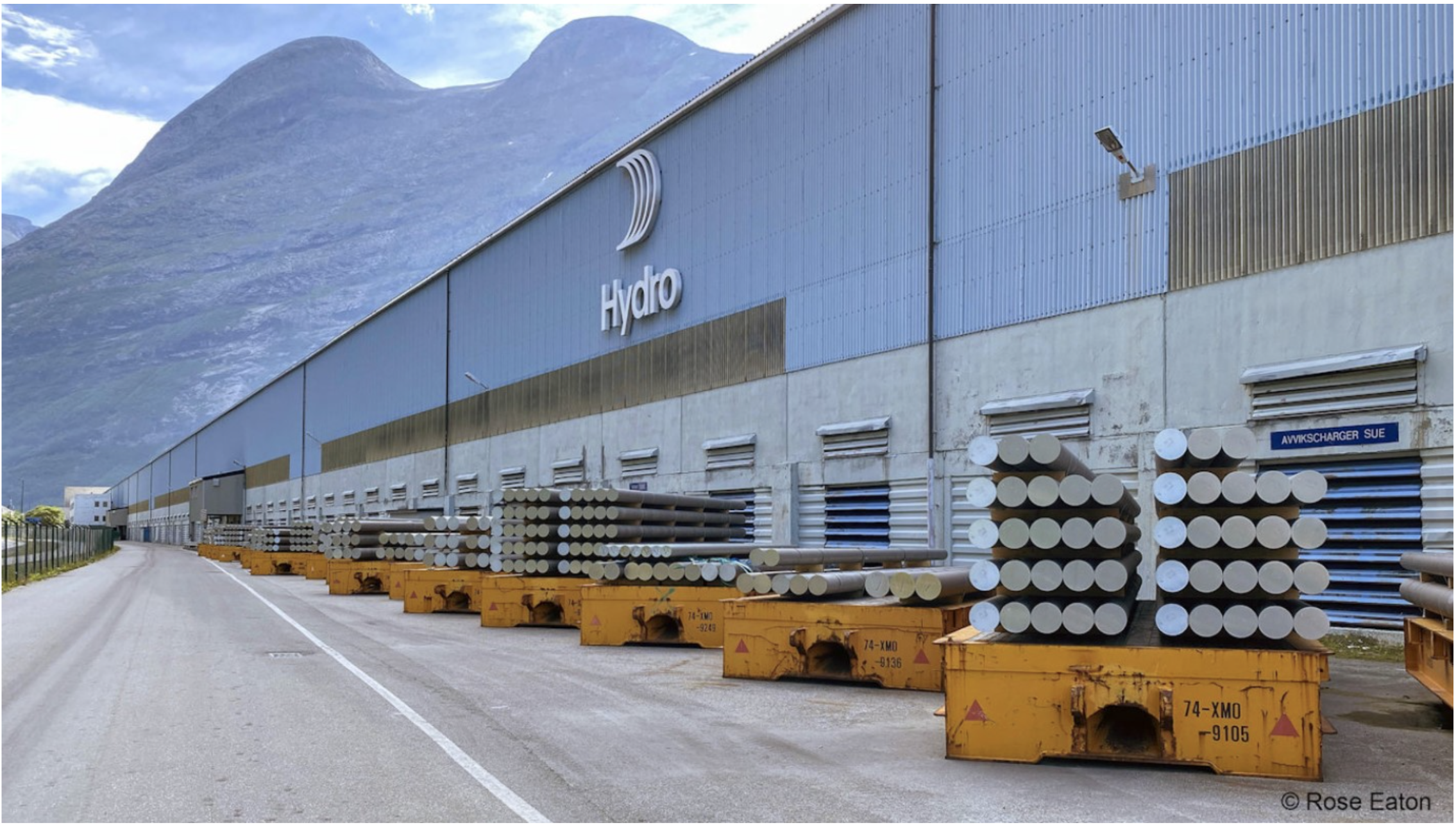
Photo credit: Hydro
The overage of power Hydro generates is traded daily using the Nord Pool, a commercial, multinational power exchange cooperative that integrates many forms of power, including renewable resources, into the energy market. Hydro has also become a significant market player in the Brazilian energy sector. With a wider portfolio of investment and revenue in energy and metal, Hydro is as creative and resilient as it is profitable. If you guessed that Hydro and Vestre would make likely bedfellows, you’d be right! Hydro supplies aluminum for Vestre’s PLUS Factory and furniture products.
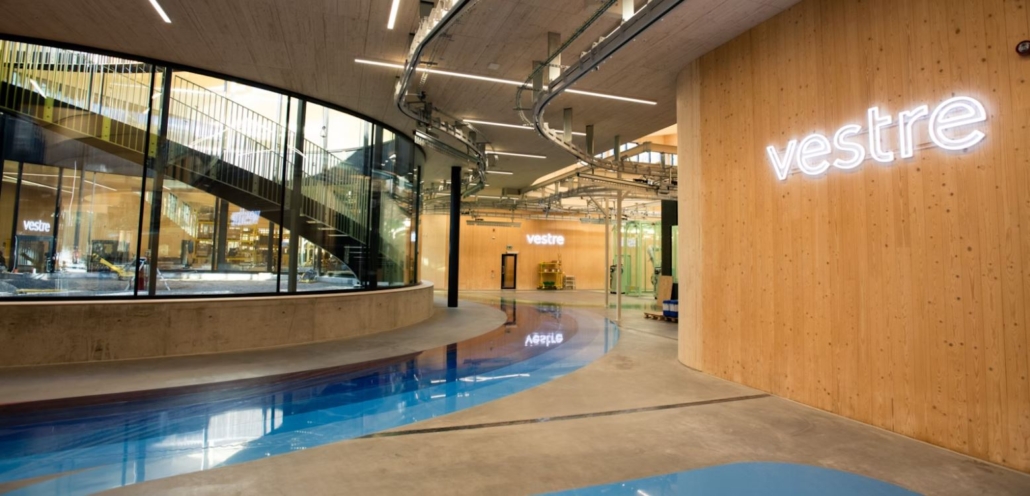
Photo credit: Vestre
Which gets me thinking, would it be out of the scope of reality for Procter & Gamble to work with a plastics recycling facility and develop a supply of recycled plastics for its single use items and distribute the overages to other plastic product manufacturers? I know, I picked on P&G in my last article too. I promise I don’t have beef but they are good examples of a big company that could invest resources and innovate for long term growth. I promise I’ll pick on someone else next! :P
Learn more about Hydro by watching my 2019 interview with Hydro for Design Pavilion Design Talks, with CEO, Jean-Marc Moulin.

BIG – Hedonistic Sustainability
Is it OK to be selfish if you use it to design better things?
While Denmark is known for being a flat country, it’s home to a rather impressive ski hill called CopenHill, designed by Bjarke Ingels Group (BIG). CopenHill is a waste incineration plant that generates energy for surrounding neighborhoods and doubles as a recreation center providing snow sports (without snow), a rock-climbing wall, rooftop bar, and hiking trails.
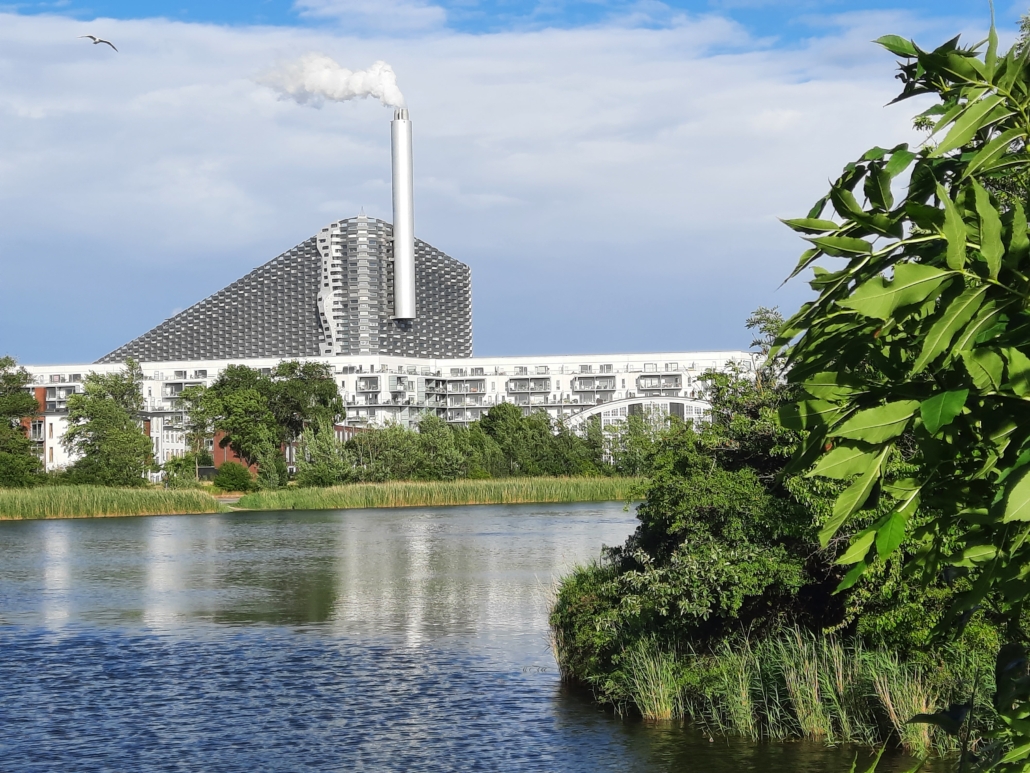
Photo credit: Hydro
Bjarke Ingles himself describes his approach to solving problems for livability as ‘hedonistic sustainability.’ I saw him speak at the UIA World Architecture Congress last summer where he described how his company takes this creative approach to designing solutions for people, economy, and planet.
By thinking “hedonistically” about sustainability, the business model is able to combine disparate ideas of waste treatment with entertainment and tourism. The connection of two different types of business brought together as one experience is a “peak” (no pun intended) creative moment for using creativity to rethink business models.
Choose Creativity
In an evolving world where ‘business as usual’ is disrupting our ecosystem and rapidly depleting the planet’s resources, using creativity to rethink business models is critical.
This approach can help establish a more comprehensive way of measuring value that looks beyond short-term profitability and considers long-term, and sustainable growth. What does your business consume and produce? Where might those streams be perceived differently? What could be the channels of distribution if both were part of the business portfolio?
If you liked this topic, Check out the first of this series: ‘Creativity to Solve Problems using Storytelling’.
